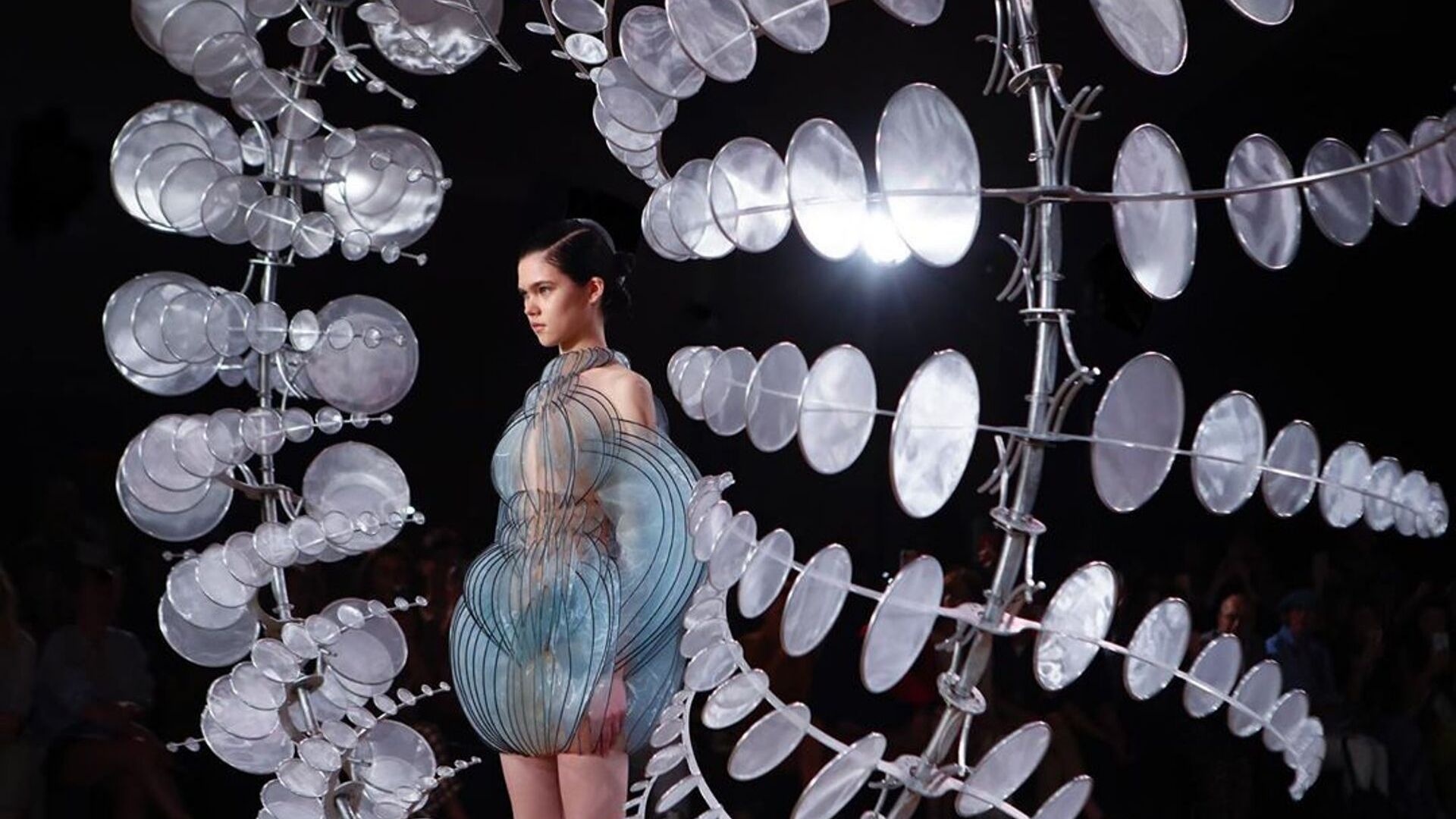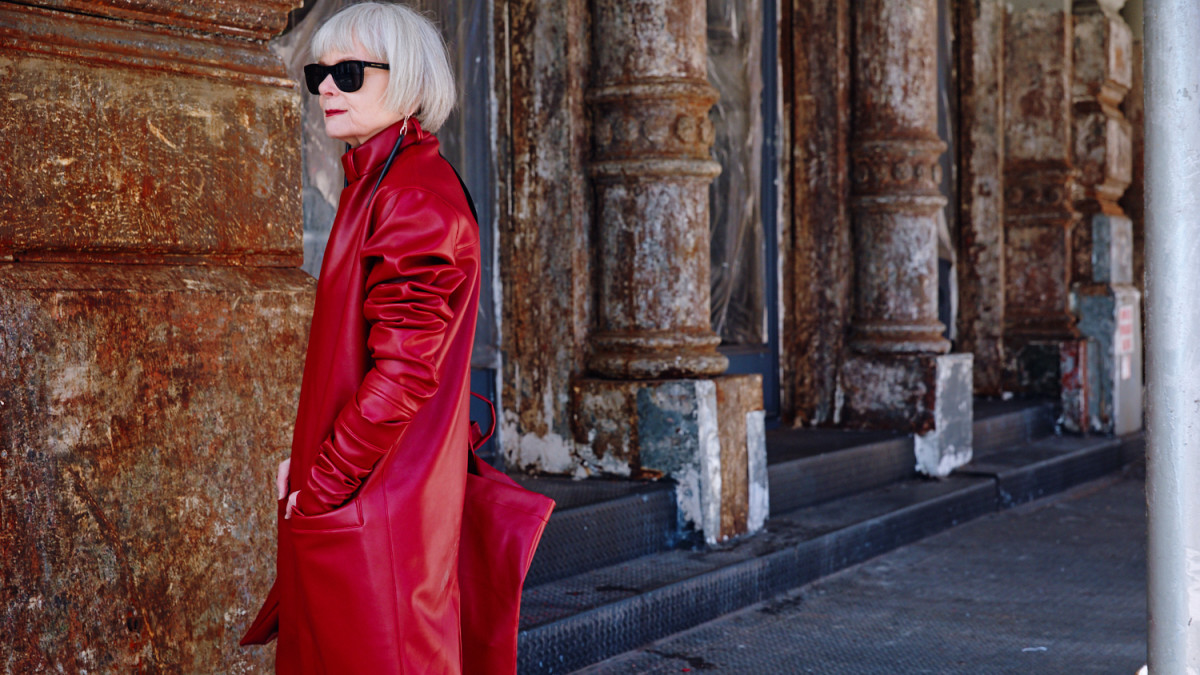Luxurious, Cheap, Vulgar, Rebellious: The History of Leopard Print and Its Controversial Reputation
Many designers have long said that the leopard is neutral. Black with ginger scorch marks looks perfect with almost any color palette. It can be dressy and formal; it suits any shade of skin and often appears on the catwalks, so it is not fair to call it just trendy.
And yet, the meaning of leopard coloring in Western fashion has changed a lot, especially when it comes to signifying class.
Think of Oleg Cassini’s leopard coat on Jackie Kennedy – or Bob Dylan singing about Edie Sedgwick’s “Leopard-Skin Pill-Box Hat.” Or take Diane von Furstenberg’s leopard-colored office dresses.
These looks reflect aristocratic femininity, backed by the impeccable self-confidence that comes with being rich. But, at the same time, leopard print is also a sign of bad taste, which in fact means that it characterizes a sexually available woman from the lower class.
Speaking of leopard print, it would be unfair to ignore its true progenitors: the leopards themselves.
Actually, these are not spots but the so-called rosettes. Leopards have a rosette, cheetahs have spots everywhere, and jaguars have a rosette with a spot inside. Leopards acquired spots as camouflage to make it easier to hunt.
Leopards are independent, quickly adapting to any conditions. They sleep on trees, can swim, and raise their cubs by single mothers. They are strong, mature, independent, and beautiful animals. Humans most likely associate themselves with this animal in some kind of animal way.
People have long borrowed from the leopard, both in fashion and art. It has usually been about killing animals and wearing their fur or skin. For example, the Egyptian goddess of writing and measurement, Seshat, was depicted dressed in a leopard’s skin. The Greek god of wine, Dionysus, was associated with the leopard and was sometimes portrayed wearing its skin. The Anatolian goddess Cybele was often painted with leopards.
Leopard fur was valued wherever this animal was found, and leopard print existed on fabrics used for sewing clothes by French and Italians even in the XVIII century.
The spread of leopard print is mainly explained by the boom in mass clothing production and the development of synthetic materials.
Until the 1930s, most clothing was made on order and was quite expensive.
Poor people had a small functional closet and were essentially cut off from the world of fashion. But in the early XX century, technological changes and the economy promoted the emergence of cheaper, mass-produced clothing that the middle and lower classes could afford.
The heyday of Art Deco and Art Nouveau inspired people to use animalistic motifs and then stylized animalistic prints. Finally, the invention of synthetics made them available.
Clothing advertisements in the 1930s presented corduroy and chenille as affordable alternatives to leopard fur. Around this time, the house of Lanvin created silk dresses with leopard patterns. However, leopard print really became widespread in 1947 when Christian Dior included it in his debut “New Look” collection. Dior used leopard not as fur but as a print. Alexander Feri in T Magazine called the leopard print a leitmotif of the house of Dior, noting that the muse of the designer, Mitzah Bricard, often wore this print.
In the 1950s, the American lingerie brand Vanity Fair started selling leopard lingerie. The print began to appear regularly in mass-produced lingerie collections and later on in swimwear, contributing to the association of the pattern with feminine sexuality.
Eartha Kitt adored leopard print. In one pic, she wore a leopard coat over a leopard dress and had a cheetah on a leash. The print seemed perfect for Eartha, who had mastered the cat’s habits even before she played Catwoman and sang songs about using feminine wiles to attract the wealthy.
In 1962, Jackie Kennedy wore a leopard coat by Oleg Cassini. It became a sensation but caused an increased demand for real leopard pelts, leading to the killing of as many as 250,000 specimens. For the rest of his life, Cassini felt guilty about his damage to the animal population.
In 1966, the song “Leopard-Skin Pill-Box Hat” appeared on Bob Dylan’s album “Blonde on Blonde.” Presumably, it was about Edie Sedgwick.
In 2017, an exhibition by photographer Emily Rainier called “From Mobutu to Beyoncé” featured a series of portraits of people wearing leopard-print clothing. People who wear a leopard pattern told Emily that they feel beautiful, strong, and sexy.
Emily came up with the idea for this photo series while visiting the sizeable African marketplace Chateau Rouge in Paris in 2014. A woman with a big red African hairdo caught her attention. Rainier invited her into the studio for a shoot.
Rainier emphasized that leopard skin has a history in Africa. For example, the CIA-funded Congolese dictator Mobutu Sese Seko was famous for his hat made of animal skin.
Church vestments of the Nazareth Baptist Church in South Africa traditionally included leopard fur, which church leaders replaced with faux fur in 2014. Rainier sees the leopard as a mediator in the dialogue between African fashion, European high fashion, and streetwear.
In the United States in 1973, the Endangered Species Act banned the importation and sale of leopard pelts, which meant that leopard print took over. Despite the law, poaching to sell this animal’s skins and body parts still thrives. The leopard is listed in the International Union for Conservation of Nature as an “endangered species,” and its extinction level is comparable to tigers.
By the 1970s in the United States, leopard print had become associated with cheapness and tastelessness. So no wonder this pattern found a lot of fans among the nascent punk movement. Iggy Pop performed shirtless, wearing leather pants and an unbuttoned leopard jacket.
Sid Vicious sometimes wore a leopard jacket. However, Cramps’ Poison Ivy made the perfect union of leopard print and punk. She combined a leopard jumpsuit with faux leather boots, glittery scarlet lipstick, and a red combed hairdo.
In 1991, the leopard was again elevated by Azzedine Alaïa, whose fall and winter collection featured Naomi Campbell, Christy Turlington, Linda Evangelista, and Nadège du Bospertus, all dressed in leopard print – corsets, capes, combinations, dresses, stiletto boots, berets. The collection was crazy and maximalist, sexy and sophisticated at the same time.
When the 90s came, Kurt Cobain matched a faux leopard fur jacket with a shabby T-shirt, a hunting ear hat, and oversized clout goggles. Scary Spice Melanie B. also preferred to wore suits with leopard print.
Michelle Obama sometimes wore the leopard print on cardigans or a sheath dress during the Obama presidency. She brought leopard print closer to the people – making it something you see on your friend’s cool mom. Of course, it was a curtsy to Jacqueline Kennedy and probably Eartha Kitt, but also to the J. Crew in the Jenna Lyons era (the first lady was a famous fan of her).
I don’t know whether you wear a leopard print, but putting on clothes in that coloring is about conveying some kind of image to the world. Fashion is a way of choosing a second skin. We don’t choose the skin we are born with, but we can choose the skin we show the world.
For premium readers








